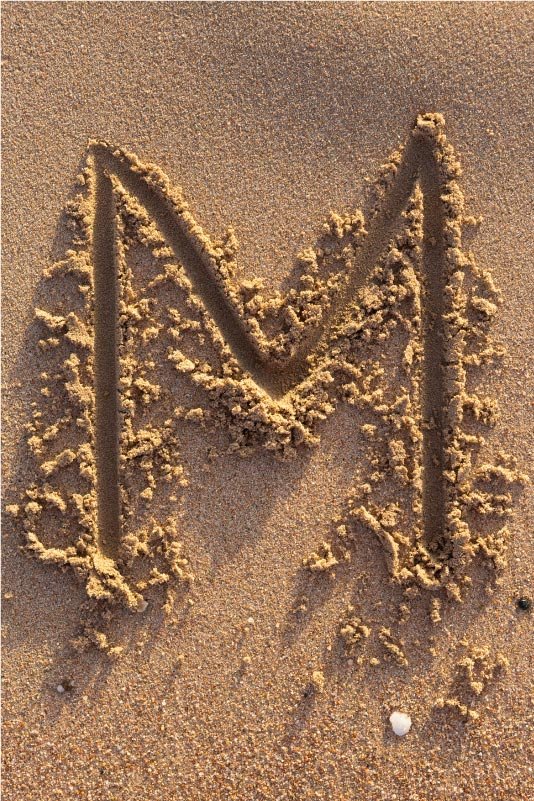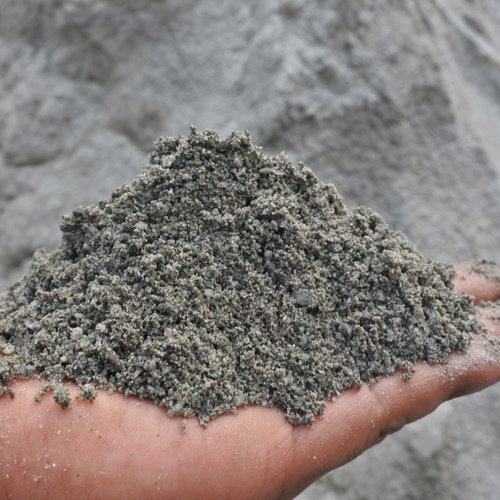Manufactured Sand is a type of artificial sand created by crushing rock or granite for use in cement or concrete construction. The physical and mineralogical features of M sand differ from those of natural river sand.
Why is it necessary to use manufactured sand?
Due to environmental degradation, natural sand sources such as river sand, pit sand, sea sand, and other sands for use as aggregate in buildings are becoming scarce and exhausted. M sand has become a source due to the growing demand for alternative aggregates in buildings.
Another reason for M Sand’s utilization is its active availability, which reduces transit distances and pollutants.
M Sand is a better substitute for river sand as it is produced by machines in proper proportion with particle size.
Properties of Manufactured Sand
M Sand’s physical and chemical qualities are well-balanced, allowing it to survive any adverse weather conditions. It is capable of overcoming faults in concrete such as segregation, honeycombing, reinforcement steel corrosion, voids, capillary, bleeding, and so on.
Greater durability: The physical and chemical properties in M Sand are balanced and withstand any harsh climatic conditions. It can overcome the defects in concrete like segregation, honeycombing, corrosion of reinforcement steel, voids, capillary, bleeding, etc.

- Higher Strength: Because M Sand is shaped with a vertical shaft impact crusher shaping machine, it has a smooth surface texture and is free of elongated and flaky particles. The concrete is more durable, stronger, and has a longer life because of the cubical-shaped particles.
- Greater workability: The cubical shape and proper gradation give good flexibility to mortar producing excellent workability.
- Reduce Construction Defects: Use of M sand in concrete reduced voids, bleeding, segregation, etc. as it has optimal initial and final setting time with excellent fitness properties.
- Economy: As the M Sand does not contain impurities like river sand, the amount of wastage is nil. The transportation cost also becomes less as it is readily available. Overall, M Sand is 30% cheaper than the river sand.
- Eco-friendly: The use of M Sand in replacing with river sand avoids environmental disasters like groundwater depletion, water scarcity, a threat to natural life, etc. Growing concern for environmental protection, M Sand is the best alternative to the river sand.
Advantages of M Sand
- M Sand has a higher Fitness Modules Index compared to the natural river sand, which gives good workability for concrete.
- M Sand is free from silt and clay particles which offer better abrasion resistance, higher unit weight, and lower permeability.
- Less disruptive to the environment, as it reduces sand mining from river beds.
- Perfect grading and cubical shape of M sand give high strength and great durability to concrete.
- More cost-effective than river sand due to low transportation cost and consistency in availability.
Disadvantages of M Sand
- Because of its smooth and angular textures, it requires more water and cement to create the desired workability, resulting in higher overall expenses.
- The strength and workability of concrete can be affected if M Sand has a considerable number of micro-fine particles.
Conclusion:
Given the current situation, which includes a scarcity of river sand, a significant decline in river sand quality, high costs, and environmental consequences, we should begin employing M Sand as an alternative to river sand in the construction process, thereby lowering environmental impacts. We prefer Manufactured Sand for UDY Homes.


Hi, this is a comment.
To get started with moderating, editing, and deleting comments, please visit the Comments screen in the dashboard.
Commenter avatars come from Gravatar.